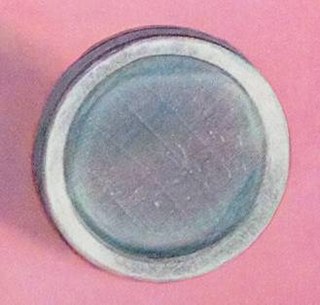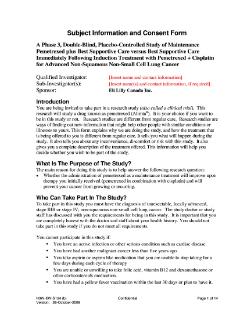Stanford University School of Medicine is the medical school of Stanford University and is located in Stanford, California. It is the successor to the Medical Department of the University of the Pacific, founded in San Francisco in 1858. The school ceased operations in 1862, but was later in 1870 refounded by Levi Cooper Lane and renamed Cooper Medical College; the medical school was acquired by Stanford in 1908. The medical school moved to the Stanford campus near Palo Alto, California in 1959.
Donald James Cram was an American chemist who shared the 1987 Nobel Prize in Chemistry with Jean-Marie Lehn and Charles J. Pedersen "for their development and use of molecules with structure-specific interactions of high selectivity." They were the founders of the field of host–guest chemistry.

Paul Delos Boyer was an American biochemist, analytical chemist, and a professor of chemistry at University of California Los Angeles (UCLA). He shared the 1997 Nobel Prize in Chemistry for research on the "enzymatic mechanism underlying the biosynthesis of adenosine triphosphate (ATP)" with John E. Walker, making Boyer the first Utah-born Nobel laureate; the remainder of the Prize in that year was awarded to Danish chemist Jens Christian Skou for his discovery of the Na+/K+-ATPase.
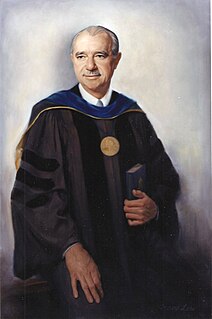
Vincent du Vigneaud was an American biochemist. He won the 1955 Nobel Prize in Chemistry "for his work on biochemically important sulphur compounds, especially for the first synthesis of a polypeptide hormone," a reference to his work on the cyclic peptide oxytocin.

Robert Bruce Merrifield was an American biochemist who won the Nobel Prize in Chemistry in 1984 for the invention of solid phase peptide synthesis.
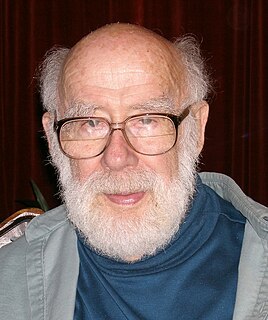
John William Gofman was an American scientist and advocate. He was Professor Emeritus of Molecular and Cell Biology at University of California at Berkeley.

The University of California, Los Angeles School of Medicine—known as the David Geffen School of Medicine at UCLA (DGSOM)—is an accredited medical school located in Los Angeles, California, USA. The School was renamed in 2001 in honor of media mogul David Geffen who donated $200 million in unrestricted funds. Founded in 1951, it was the second medical school in the UC system, after the UCSF School of Medicine.

Joseph Gilbert Hamilton was an American professor of Medical Physics, Experimental Medicine, General Medicine, and Experimental Radiology as well as director (1948-1957) of the Crocker Laboratory, part of the Lawrence Berkeley National Laboratory. Hamilton studied the medical effects of exposure to radioactive isotopes, which included the use of unsuspecting human subjects.

Paul Lawrence Modrich is an American biochemist, James B. Duke Professor of Biochemistry at Duke University and Investigator at the Howard Hughes Medical Institute. He is known for his research on DNA mismatch repair. Modrich received the Nobel Prize in Chemistry 2015, jointly with Aziz Sancar and Tomas Lindahl.
Dominic Seiterle is a Canadian rower born in Montreal, Quebec. He is a 2008 Summer Olympics and World Rowing Championships gold medalist as a member of the 8+. He also won three gold medals at the 2007 World Rowing Cup regattas and gold at the 2007 Henley Royal Regatta. Previous to this, he was 2006 Canadian National Rowing Gold medalist in the single scull and came 13th at the 2000 Summer Olympics in the double sculls.
Robert Harold Miller is an American surgeon and the executive director of the American Board of Otolaryngology in Houston, Texas, U.S.A.
Robert Peter Gale is an American physician and medical researcher. He is known for research in leukemia and other bone marrow disorders.
William Henry Beierwaltes was an American physician who was a pioneer in the use of nuclear medicine. Beierwaltes building on the established work of Dr.Saul Hertz, developed innovations in the use of iodine-131 and in surgery in treating thyroid cancer, in establishing a university training program in nuclear medicine and in the use of radiolabeled antibodies to detect cancer.
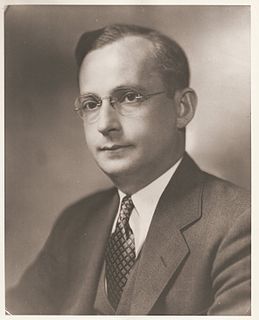
Saul Hertz, M.D. was an American physician who discovered the medical uses of radioactive iodine. Hertz pioneered the first targeted cancer therapies. Hertz is called the father of theranostics.

Stafford Leak Warren was an American physician and radiologist who was a pioneer in the field of nuclear medicine and best known for his invention of the mammogram. Warren developed the technique of producing stereoscopic images of the breast with X-rays while working in the Department of Radiology at the University of Rochester School of Medicine.
James S. Economou is an American physician-scientist and university officer. He is currently the Vice Chancellor for Research at the University of California, Los Angeles (UCLA) where he is also a surgical oncologist and tumor immunologist. As Research Vice Chancellor at UCLA, he promotes academic entrepreneurship, transdisciplinary research, and support of the humanities, arts, and social sciences. The UCLA research enterprise generates almost one billion dollars in extramural funds annually.

Gilbert Wheeler Beebe, also known as Gil Beebe, was an American epidemiologist and statistician known for monumental studies of radiation-related mortality and morbidity among populations exposed to ionizing radiation from the atomic bombings of Hiroshima and Nagasaki in 1945 and the Chernobyl reactor accident in 1986.

Mark Andrew Lemmon an English-born biochemist, is the David A. Sackler professor of Pharmacology at Yale University where he co-directs the Cancer Biology Institute with Joseph Schlessinger.






